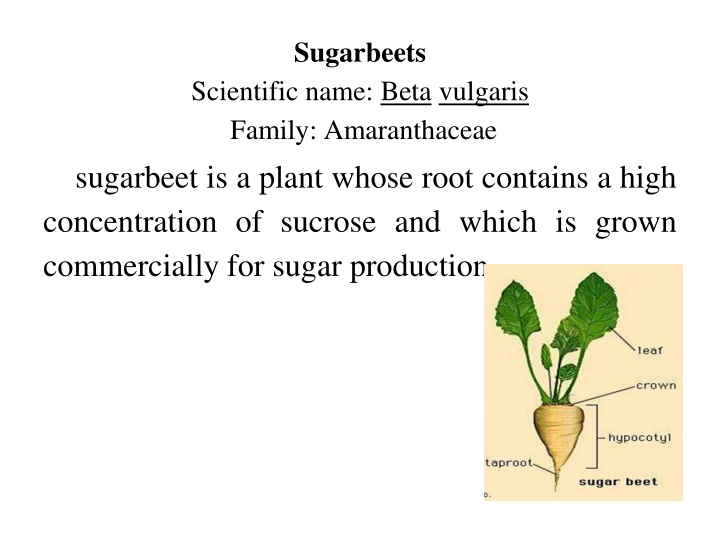Walking Between Worlds with Marc Kuly
Marc Kuly from the Faculty of Education at the University of Winnipeg shares insights on navigating life's dualities in "Walking Between Worlds." Discover the intersections of different realms and the impact on personal growth and education. Explore the concept of bridging divides through Kuly's perspective, inviting reflection on embracing diversity and fostering holistic understanding.
Download Presentation

Please find below an Image/Link to download the presentation.
The content on the website is provided AS IS for your information and personal use only. It may not be sold, licensed, or shared on other websites without obtaining consent from the author.If you encounter any issues during the download, it is possible that the publisher has removed the file from their server.
You are allowed to download the files provided on this website for personal or commercial use, subject to the condition that they are used lawfully. All files are the property of their respective owners.
The content on the website is provided AS IS for your information and personal use only. It may not be sold, licensed, or shared on other websites without obtaining consent from the author.
E N D
Presentation Transcript
Sugarbeets Scientific name: Beta vulgaris Family: Amaranthaceae sugarbeet is a plant whose root contains a high concentration of sucrose and which is grown commercially for sugar production.
Root: Sugar beet which has a very large, irregularly shaped fleshy root (up to 0.35 m, or 1 ft, long and weighing 1.5 to 2.5 kg, or 3 to 5 pounds) and it is used as a source of sugar (the sugar refined from it is sucrose, the same as that from sugar cane, Saccharum species) and as animal fodder. The sugar beet has a conical, white, fleshy root (a taproot) with a flat crown. The plant consists of the root and a rosette of leaves. Sugar is formed by photosynthesis in the leaves and is then stored in the root. The root of the beet contains 75% water, about 20% sugar, and 5% pulp. The exact sugar content can vary between 12 and 21% sugar, depending on the cultivar and growing conditions.
Leaves: The leaves are numerous and broad and grow in a tuft from the crown of the beet, which is usually level with or just above the ground surface. The leaf, leaf stalks, and roots of beet plants are edible. The leaves are high in vitamin A and minerals including potassium, and magnesium. calcium, iron,
Soil: Sugarbeets are well adapted to a wide range of soil types. A soil free or nearly free of stones is particularly desirable. Stones cause problems for sugarbeet planting, thinning, processing equipment. Sugarbeets do not grow well on highly acidic soils and grow best on soils with a pH of 6.0 to 8.0. Sugarbeet culture on soils with pH lower than 6.0 should not be attempted until liming raises the pH to 7.0 or greater. harvesting and
Fertilizers: Fertilizers are applied to sugar beets from the beginning of sowing through the entire growth period. Nitrogen fertilizer increases the weight of beet roots but delays ripening. Potash is well absorbed by sugar beet, increasing the root weight, but, again, if too much potash is absorbed, ripening is slowed down, and magnesium deficiency can occur. The absorption of phosphate is less than that of nitrogen and potash, but it increases beet root weight and incease ripening.
Irrigation: Sugarbeets are successfully produced under irrigation in regions with very low rainfall.Water your sugar beet plants often, as they are heavy drinkers. However, you must also be careful not to over water them, or they will rot.
Planting sugar beets: Till the soil about two inches (5 cm) down and remove any rocks. Tilling is very important for the growth of sugar beets and should be done in early spring when the threat of frost is over. Don't till the soil more than a month before planting, or the soil will get too dry.
Plant sugar beet seeds about 1 inches (3.8 centimetres) deep in the soil. Don't plant them too close to each other, as the roots can get intertwined. Cover the seeds with a layer of soil. Germination will occur approximately 15 days after planting. Your sugar beets will be ready for harvest in the fall.
Weed Control: Sugarbeets are poor competitors with weeds from emergence until the sugarbeet leaves shade the ground. When weeding around the beets, be careful, as the roots of the sugar beets are shallow and you can easily damage them. Emerging sugarbeets are small, lack vigor, and take approximately two months to shade the ground. Thus, weeds have a long period to become established and compete. Sugarbeets are relatively short even after they shade the ground so many weeds that become established in a field prior to ground shading will become taller than the sugarbeets, shade the sugarbeets, and cause severe yield losses. To avoid yield loss from weed competition, weeds should be totally controlled by four weeks after sugarbeet emergence and weed control should be maintained throughout the season.
Crop Rotations: Yields and quality usually are highest when sugarbeets follow barley or wheat in the crop rotation. Yields usually are high when sugarbeets follow corn, potatoes or summer fallow in rotation, but higher than desirable residual soil nitrogen levels may follow these crops and reduce sugarbeet quality.
Sugarbeet quality involves two concepts: The percent sucrose in the root and the level of impurities in the root, both of which affect sucrose extraction by the processor. Production of high quality sugarbeets is especially important to growers whose payment is based on the extractable sucrose content of their beets.
Harvesting: Sugarbeets are harvested in late September and October. A mechanical defoliator is used to remove all the foliage from the beet root prior to lifting. Removal of all foliage is essential to prevent leaf regrowth in storage piles. Heavy frosts prior to defoliation make proper foliage removal from the beets more difficult. Immediately following defoliation, sugarbeet lifter- loader harvesters pull beets from the soil and load them on trucks. The harvesters remove most of the soil from the beets prior to loading them on trucks. Wet soil conditions greatly slow the harvesting operations and result in higher amounts of dirt clinging to the beets. After the trucks are loaded, the sugarbeets are delivered to piling stations or the factory for storage and processing.
Sugarbeet harvesting requires at least two specialized expensive pieces of equipment, the defoliator and the harvester, plus trucks that may be used very little except at sugarbeet harvest. Sugarbeet production requires much more management attention than small grain, soybean, or corn production. Specialized equipment is required for sugarbeets that can not be used for other crops in rotation.



![❤[READ]❤ Cosmic Biology: How Life Could Evolve on Other Worlds (Springer Praxis](/thumb/21556/read-cosmic-biology-how-life-could-evolve-on-other-worlds-springer-praxis.jpg)



















